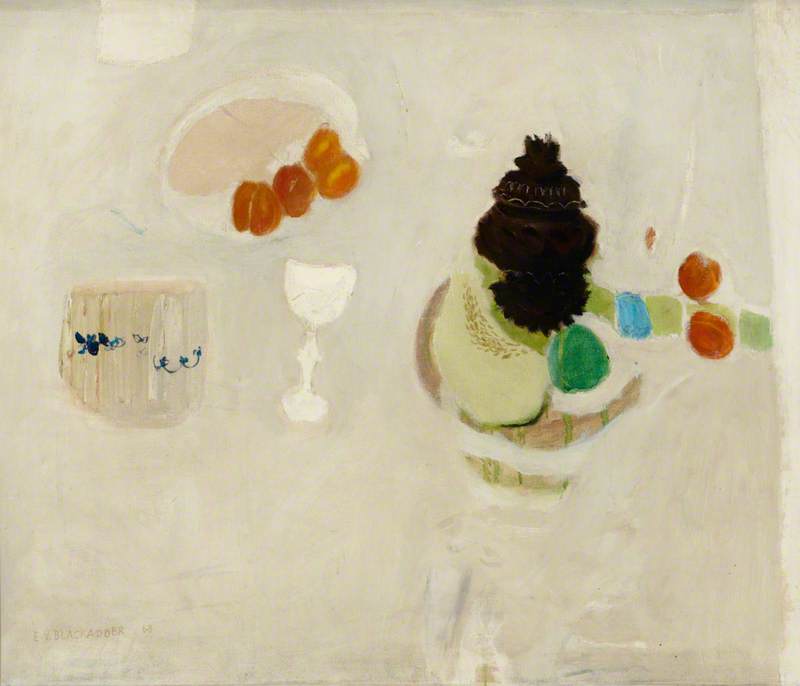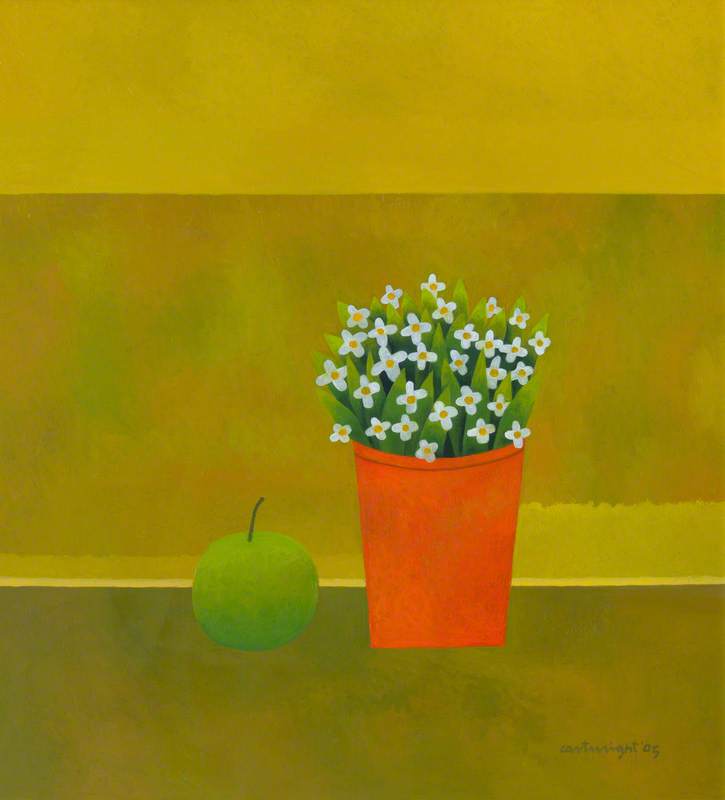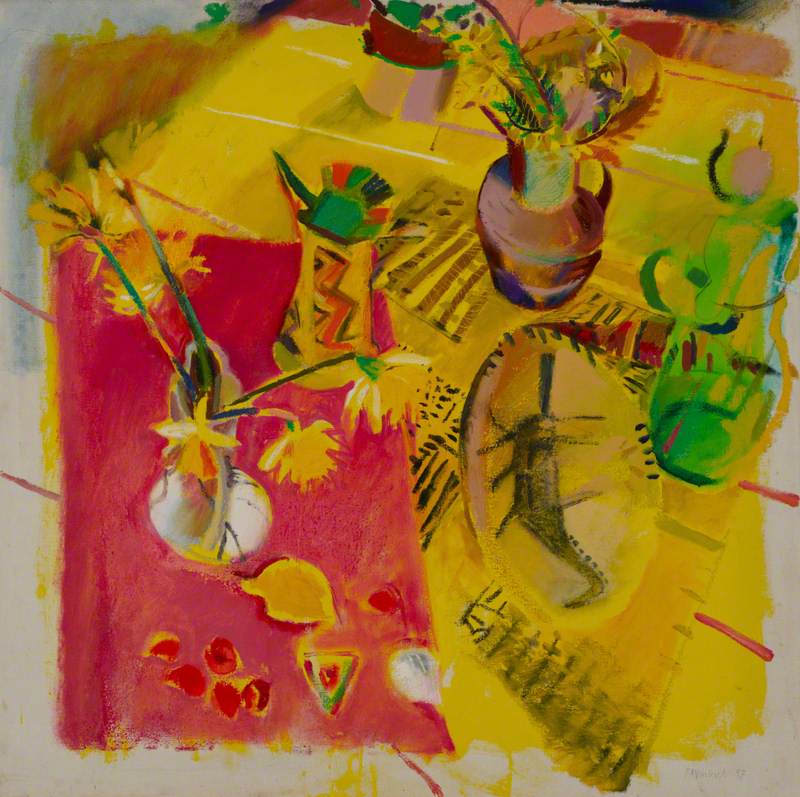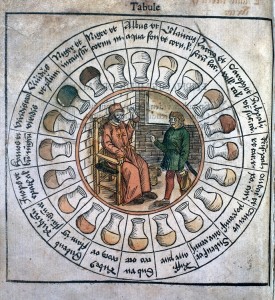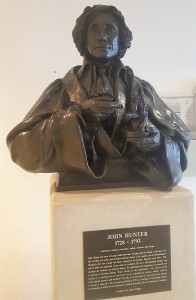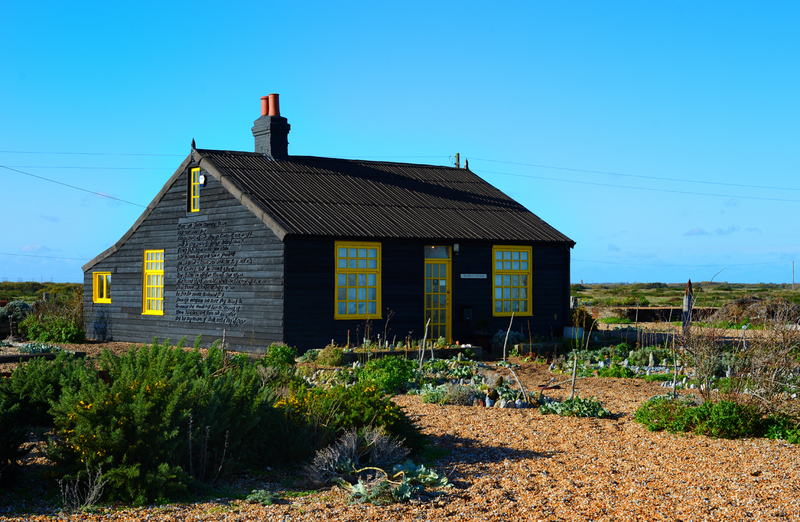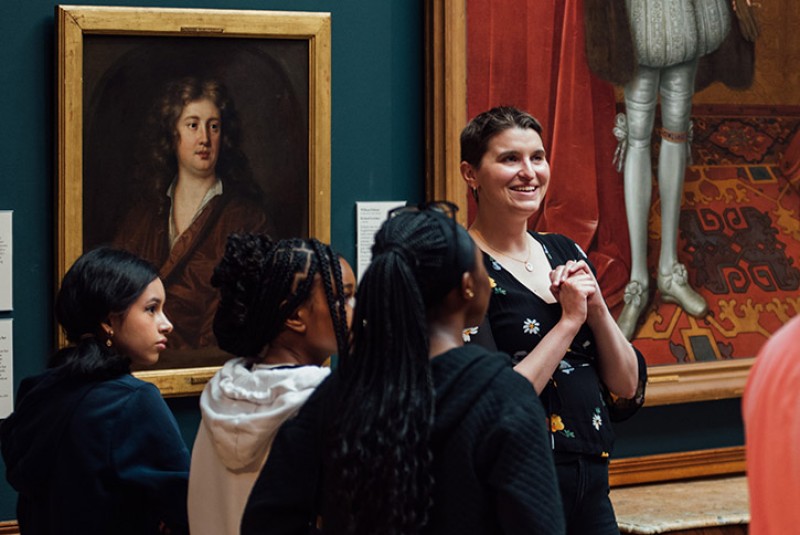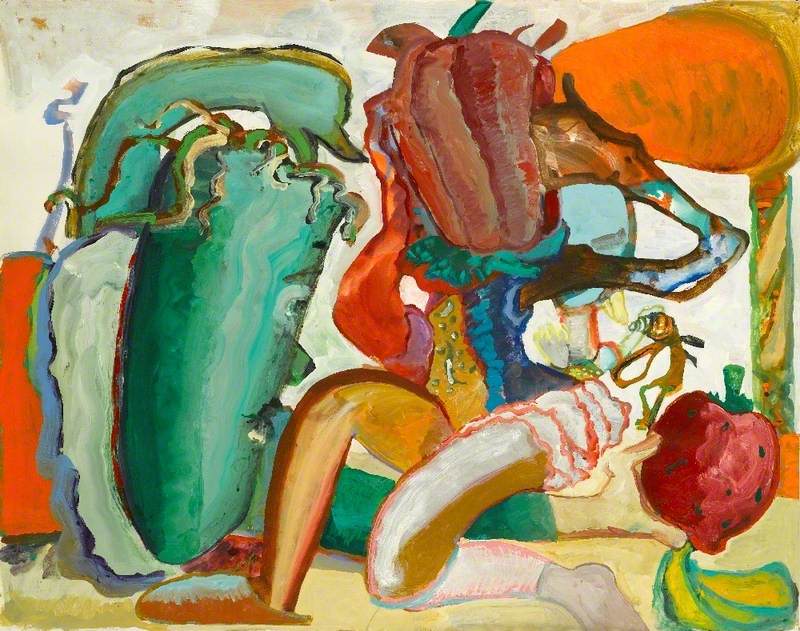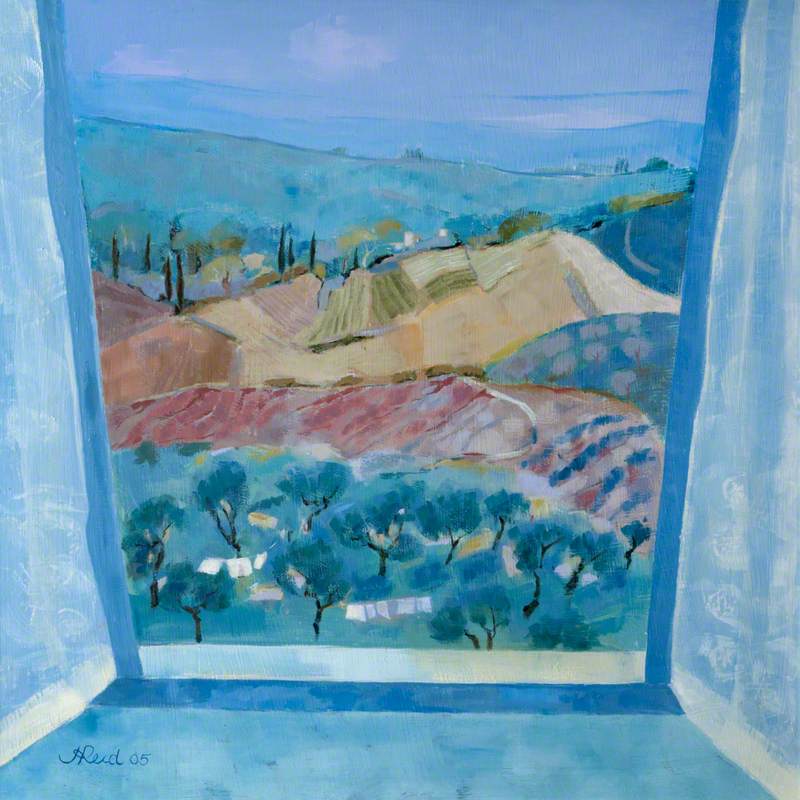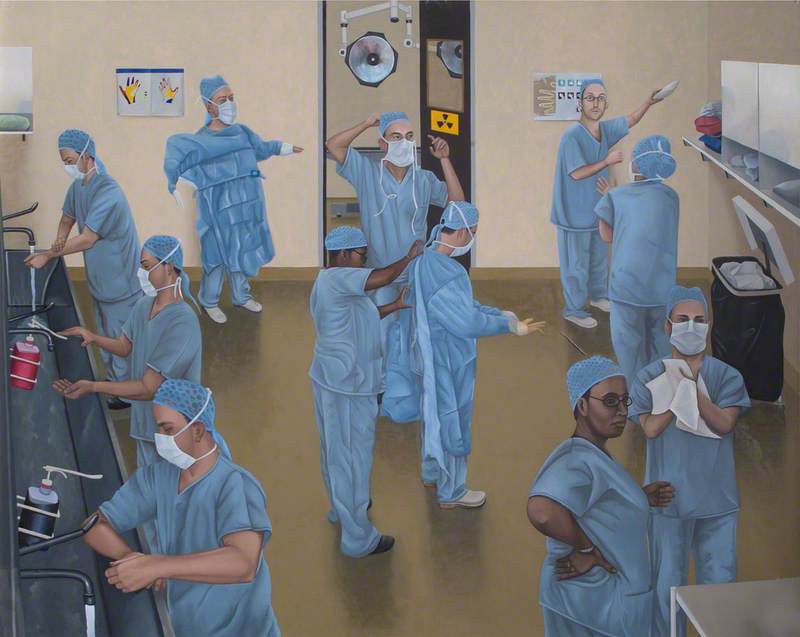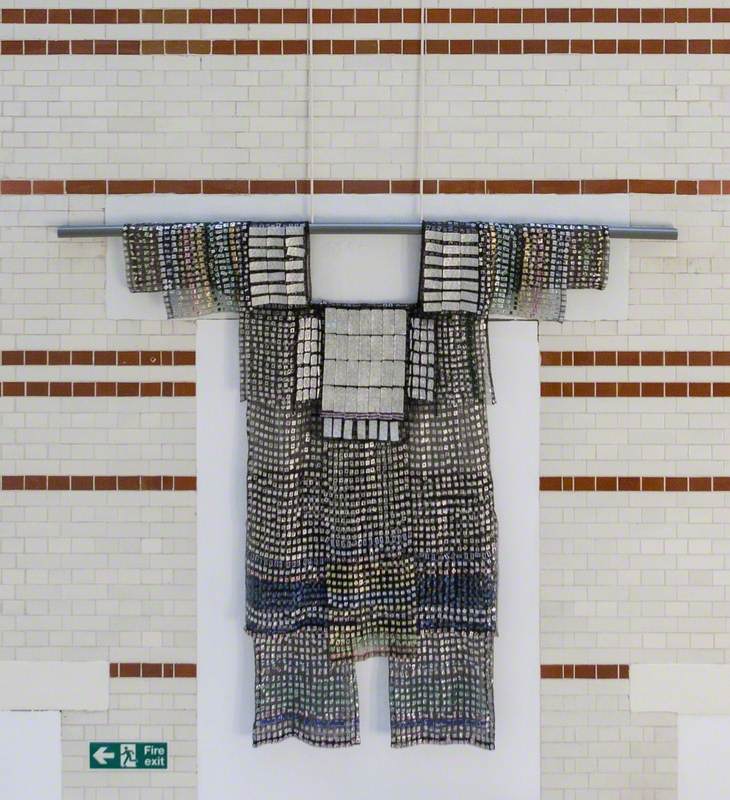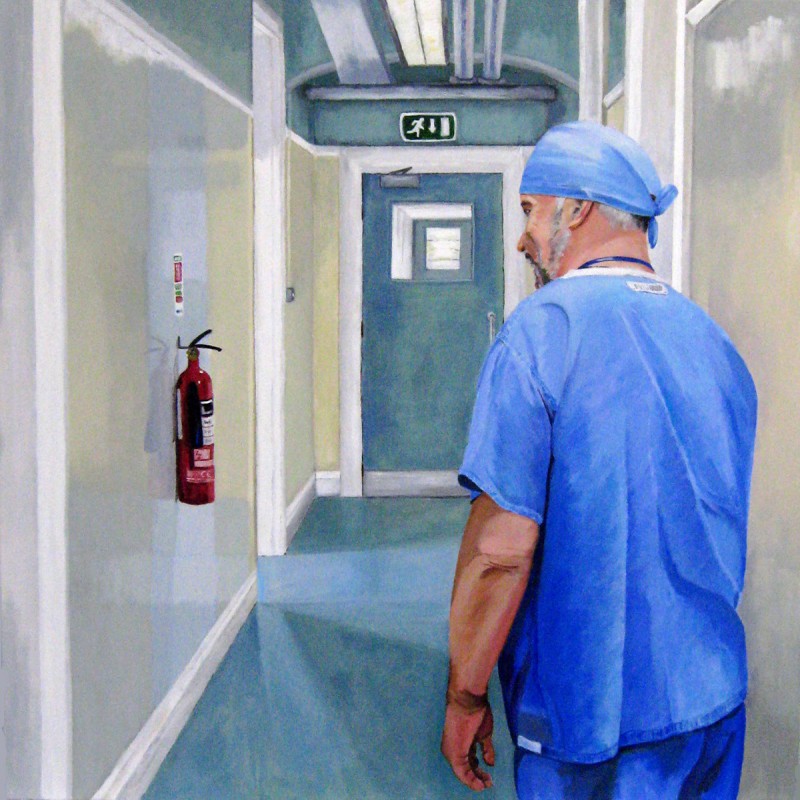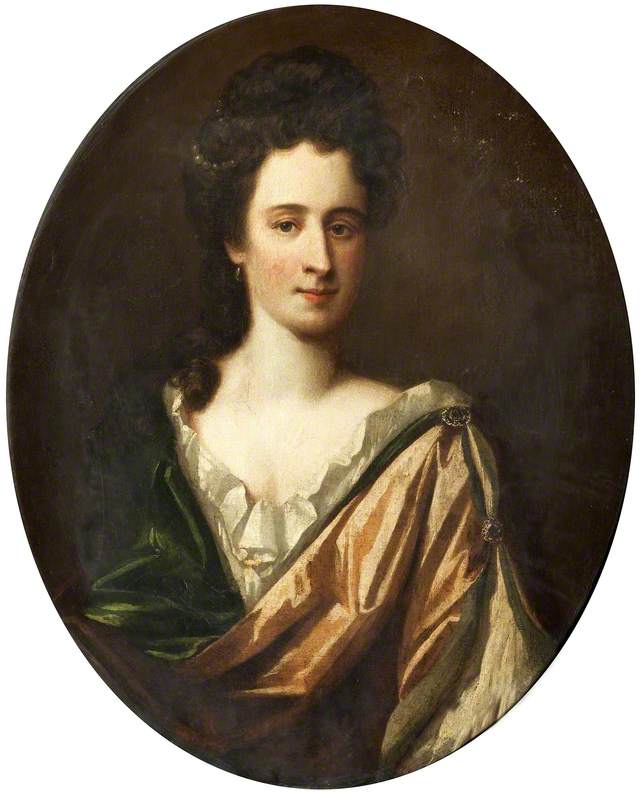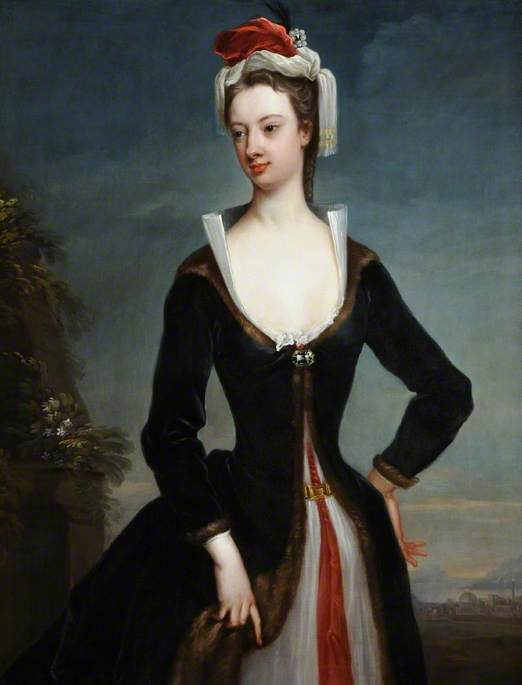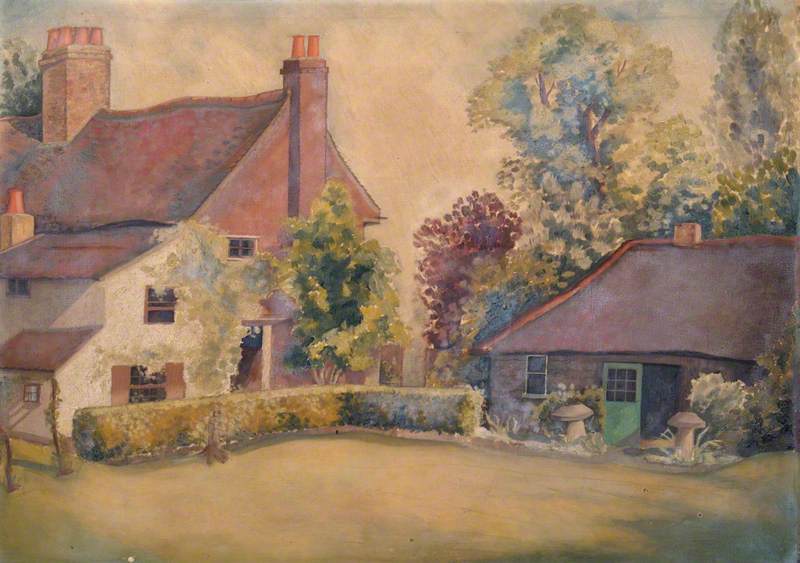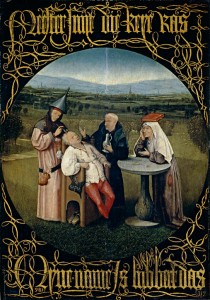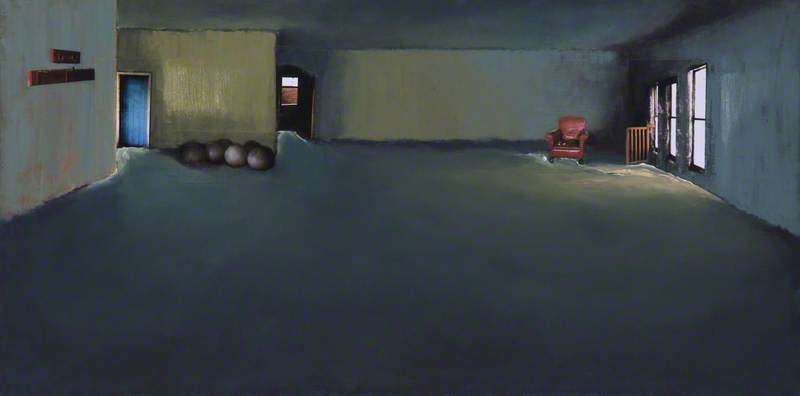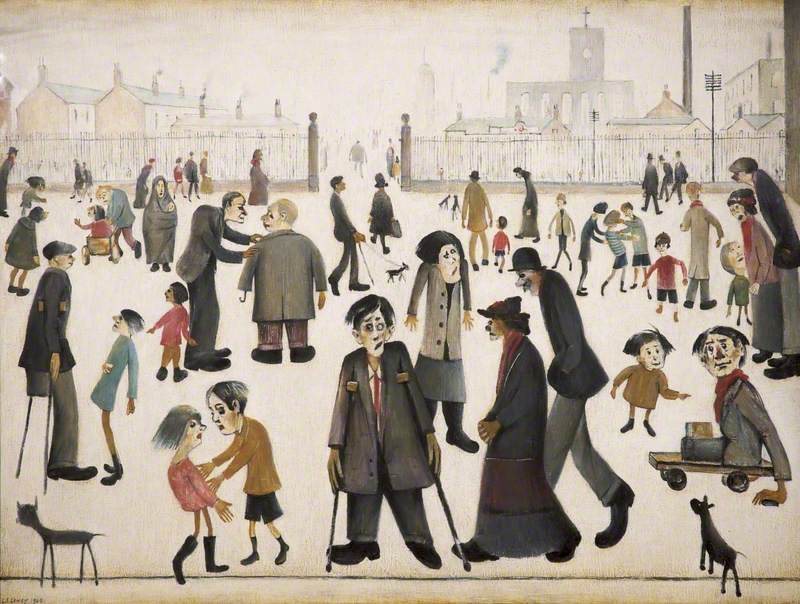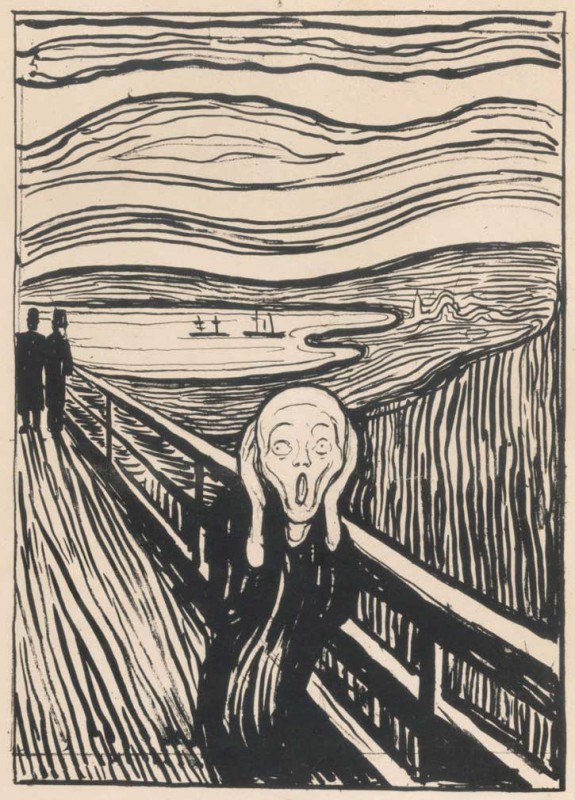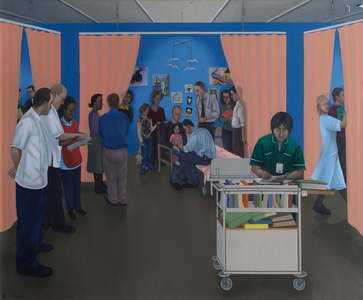Paintings in Hospitals approaches its own 60th birthday next year, but this year we've celebrated the NHS’s 70th birthday (on 5th July 2018) with a countdown of 70 ways art has contributed to the nation’s physical, mental and social health. Art, galleries
A tour of the art at University College Hospital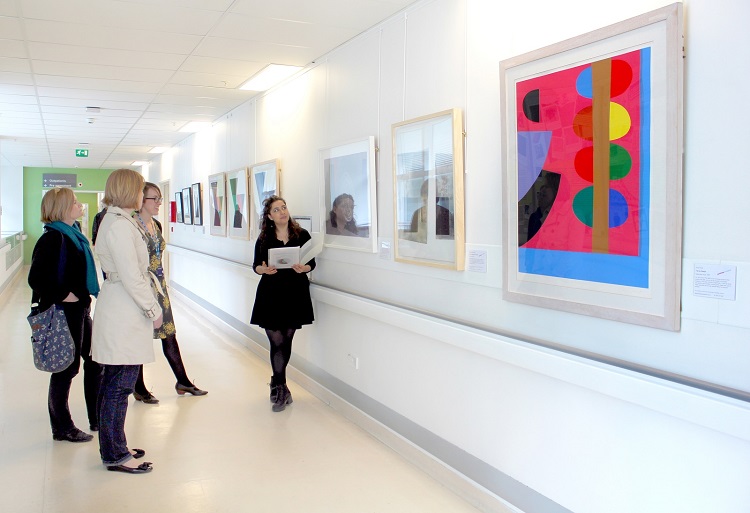
Paintings in Hospitals officially began in 1959 and since then we have strived to restore art and bring creative activities to the healthcare spaces in which they can make the most difference. To celebrate ways in which the NHS can use art to improve the UK’s health and well-being, here are 10 highlights from our list:
Not moving around enough is damaging to our health. Studies have found that the more time we spend being still, the more likely we are to develop diabetes, heart disease
2. Art can help us manage pain
A study by
A look at works by Quentin Blake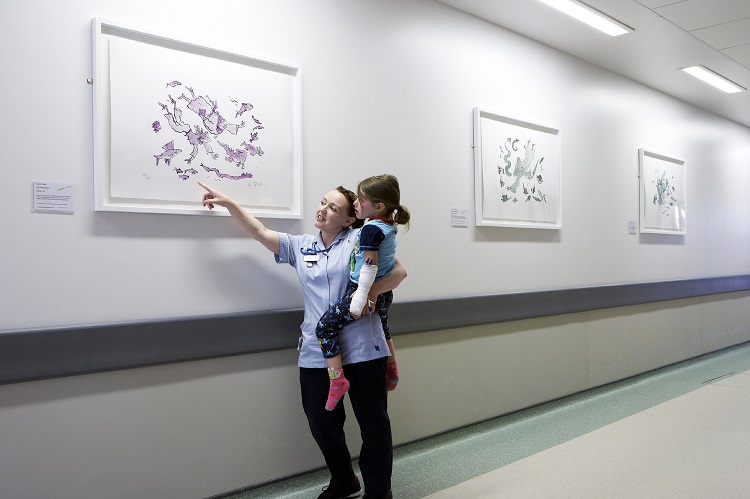
3. Art can help prevent burnout
The most recent quarterly British Medical Association figures show 45% of doctors describing their morale as being low or very low. NHS workplaces can be enriched by art, and the installation of artworks makes them more enjoyable. Art creates a work environment that encourages creativity, relieves stress and improves the well-being of employees who care for people.
4. Art offers a moment of respite for carers
Group creative activities allow carers a few moments of respite from the duties of daily life. They offer the chance to meet new people and do something new. They are safe spaces to express emotions, share experiences, and importantly, take a little bit of time to look after themselves.
5. Art helps us speak the unspeakable
Art can be both cerebral and visceral. Art can engender physical responses and communicate emotional complexity without saying a word. It can be used by people who have experienced trauma to release and deal with some of these held emotions and memories.
6. Art can help us come to terms with
During terminal illness, arts participation provides an antidote to physical and psychological distress. Our art loans to hospices help people, in small ways, frame thoughts and the stories of their lives, and appreciate the beauty that still surrounds us. Art in palliative care can ensure that the end of life is filled with
7. Arts enhance sensory experiences for people with dementia
Artworks and creative experiences can help support people with dementia to live a life as close as possible to how they were living prior to the onset of dementia. Objects, art, ephemera and creative activities can help support and manage some sensory, cognitive and physical impairments.
8. Art can help offenders reconnect and reform
Art and creative activities can provide offenders with an opportunity to reflect, an outlet to express difficult feelings and experiences, and offer much-needed support to boost individual mental health and well-being, as
9. Art can support stroke recovery
Creative art therapies for stroke survivors have been found to significantly decrease levels of depression; improve impaired physical functions, and increase
10. Arts on prescription can save the NHS money
People perceive having arts in health as an ‘opportunity cost’ (that having art or programmes we offer would be at the expense of equipment or medicine) but this is not the case. We fundraise so that health and social care sites do not have to. Additionally, a fifth of
As the NHS turns 70, we need your help to do more: If you see any type of health or social care site where you think we could make a difference, or know patients, service users or care home residents who would benefit from art and creative activities – please get in touch with Paintings in Hospitals and help us help the NHS do more.
Ben Pearce, Director, Paintings in Hospitals
